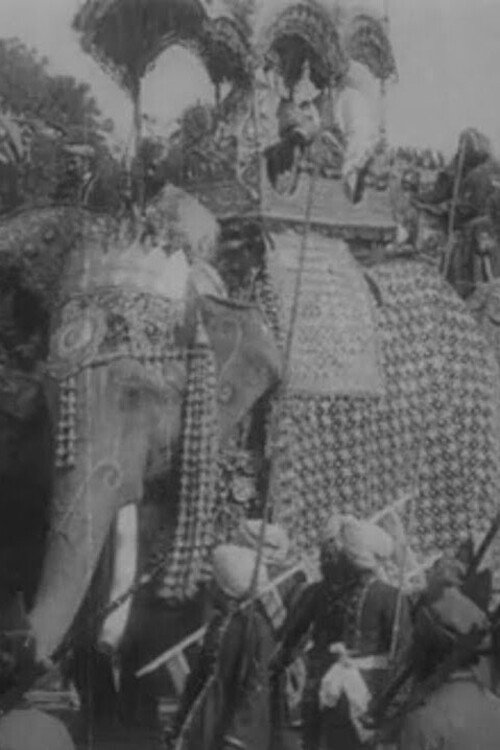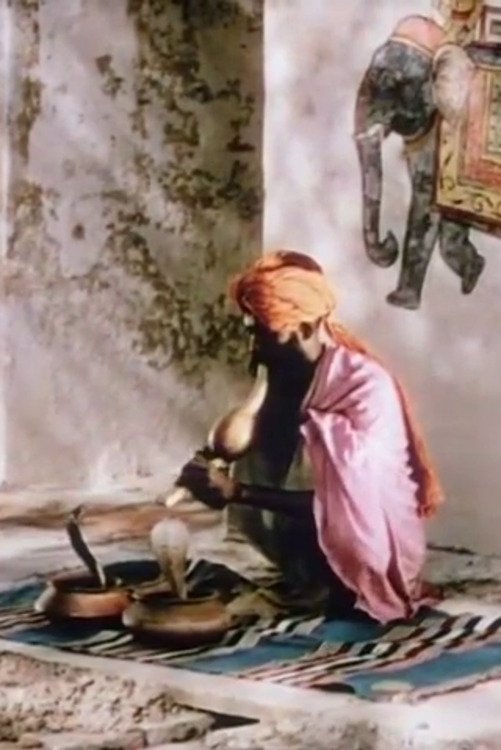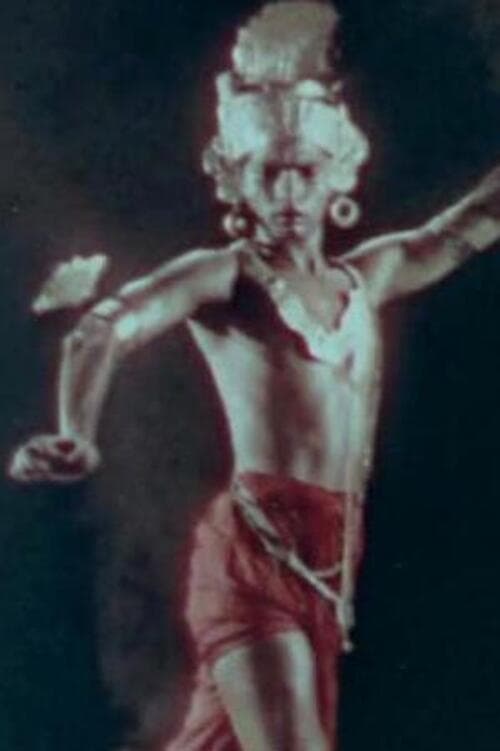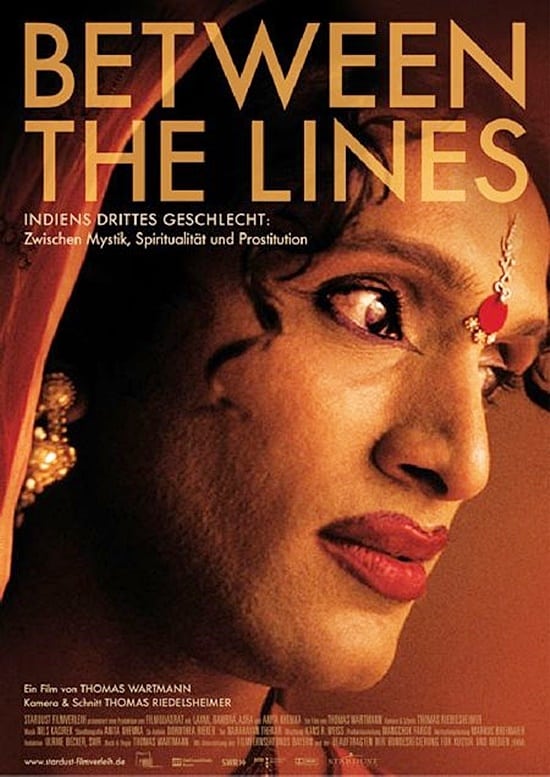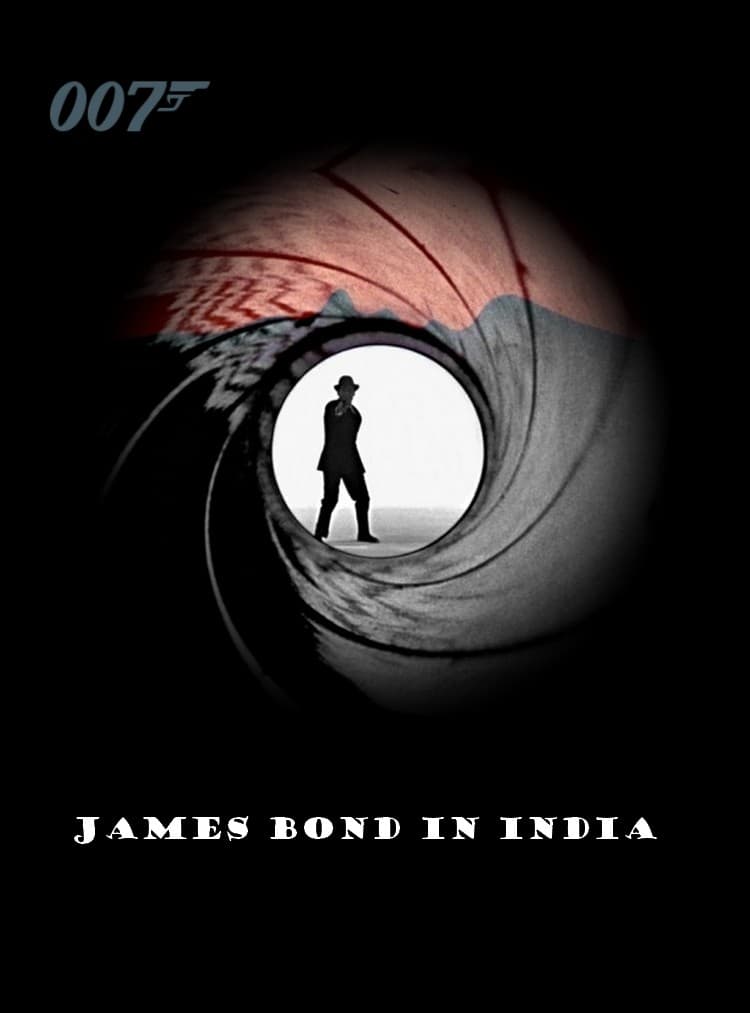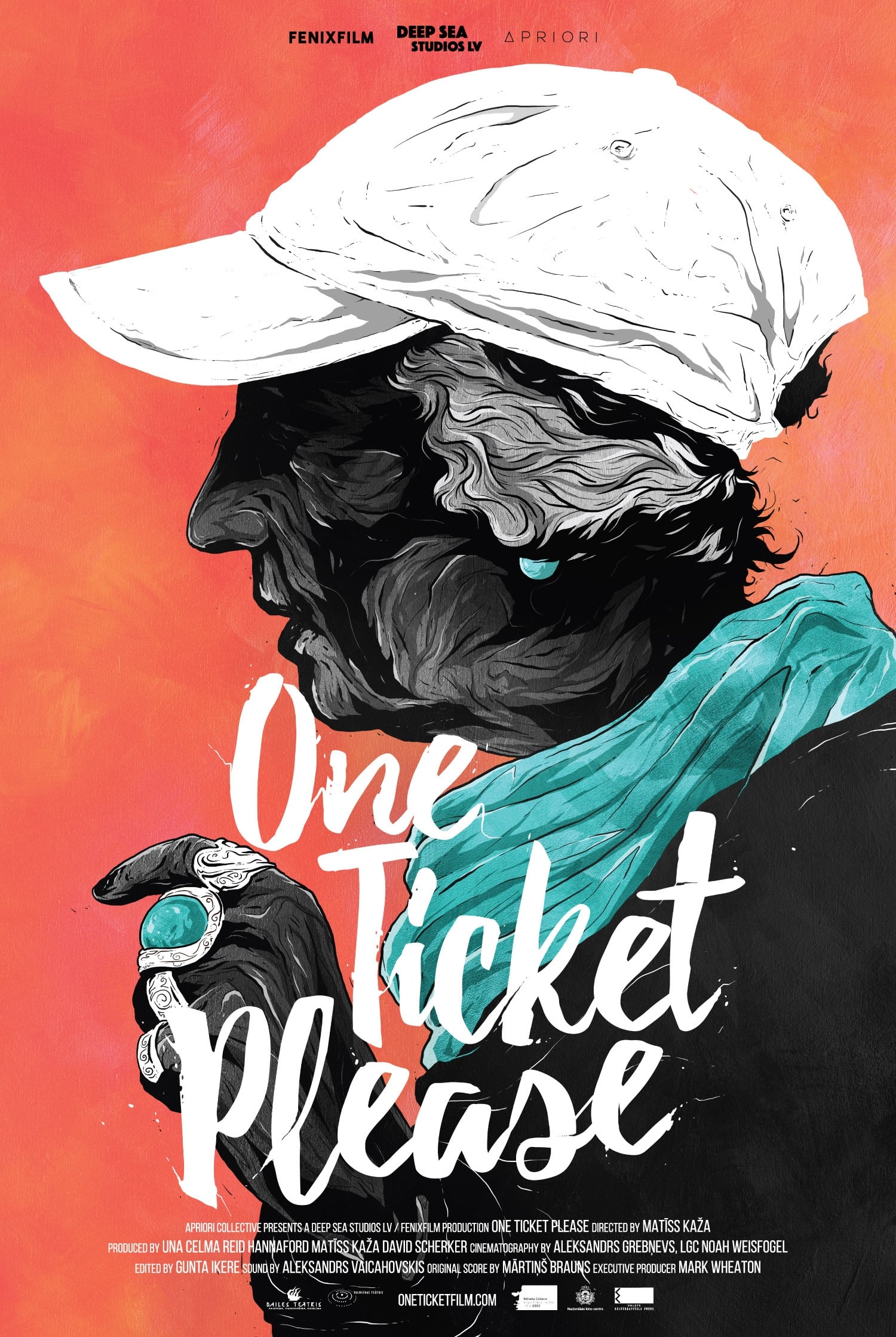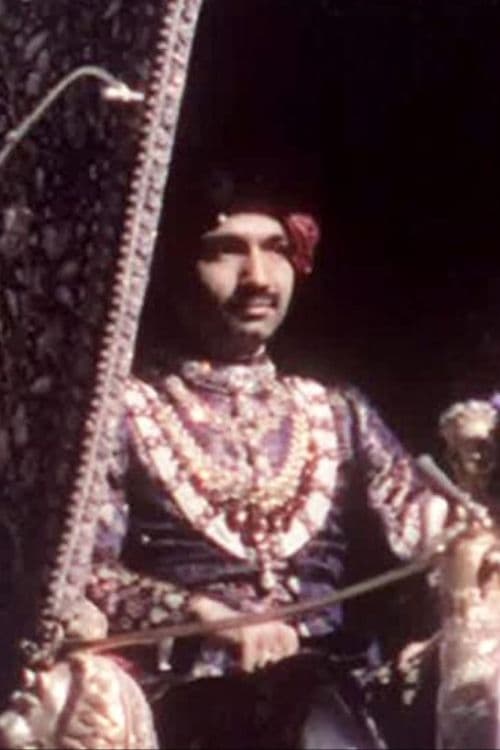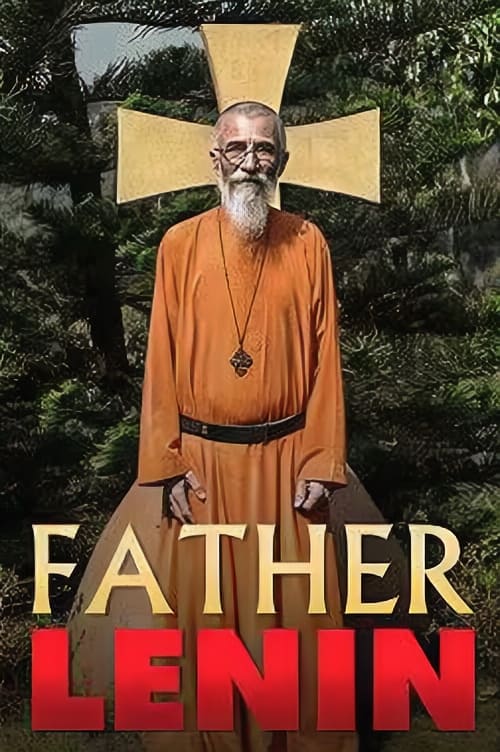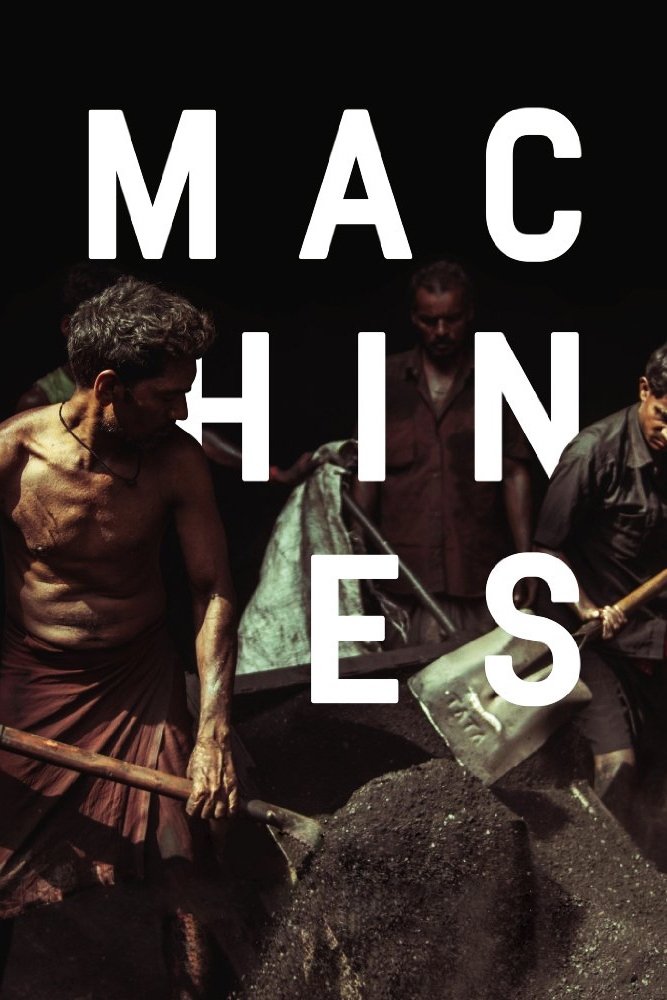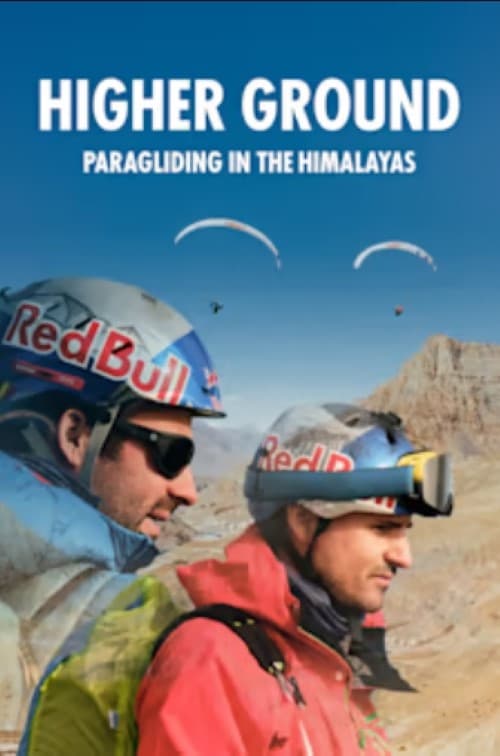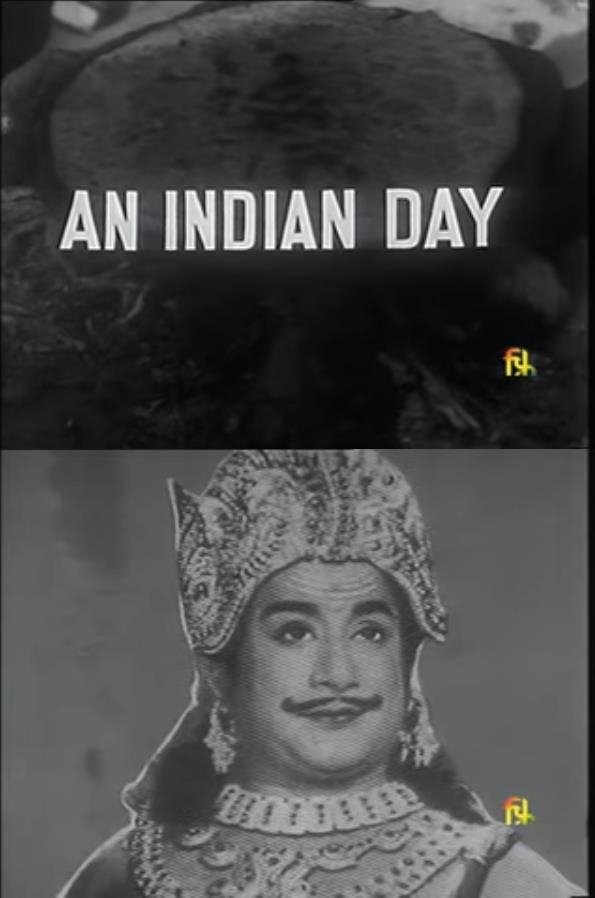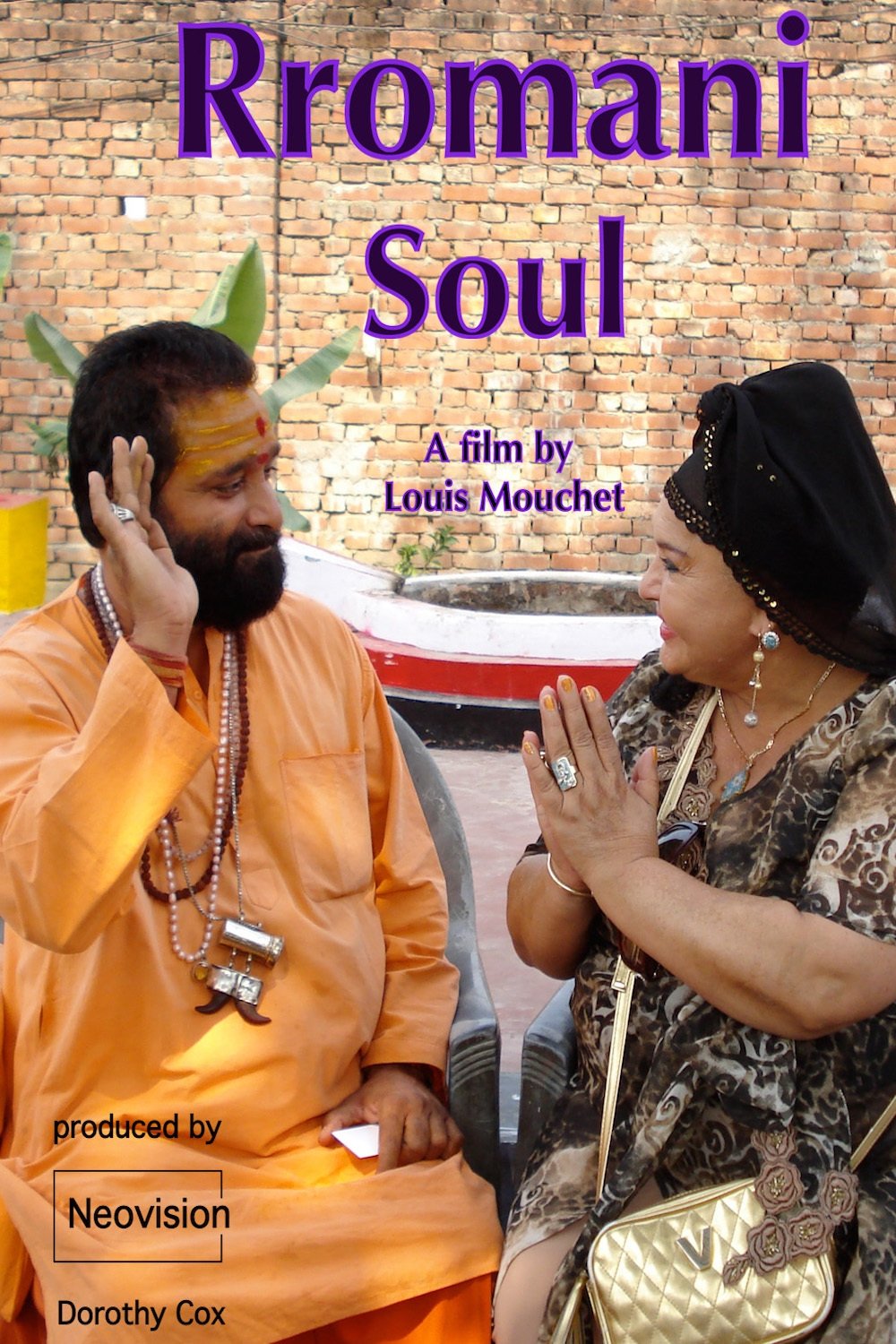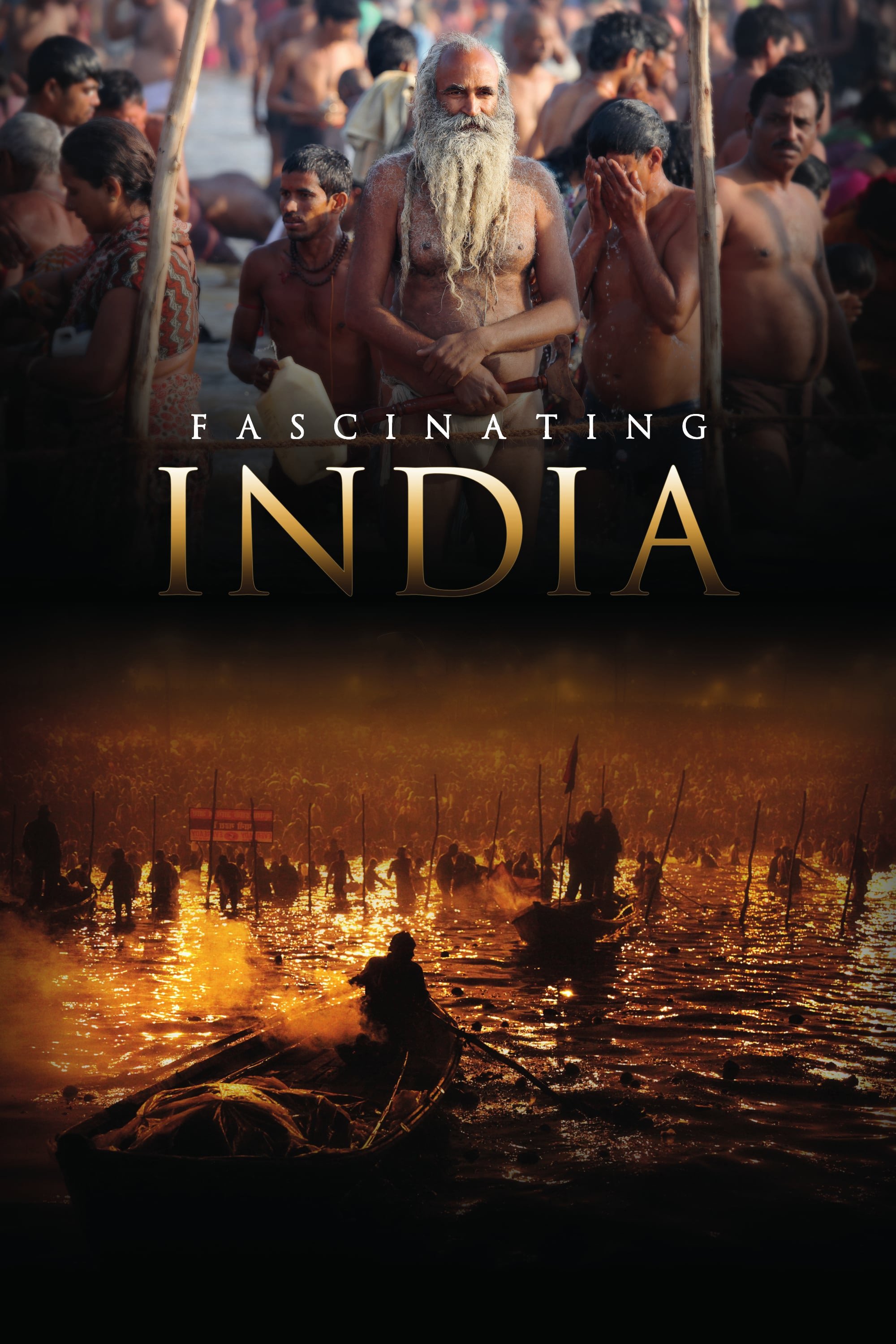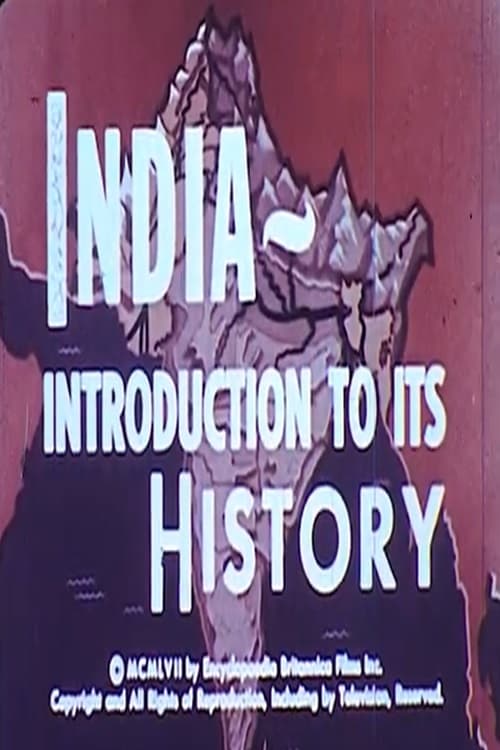
India: Introduction to Its History (1957)
Overview
This film describes the nature and impact of major religions in India, artistic monuments and contributions of each dynasty and cultural development of the people in different regions of the vast subcontinent.
Production Companies
Additional Info
| Budget | $0.00 |
|---|---|
| Revenue | $0.00 |
| Original Language | en |
| Popularity | 0.647 |
Directed By
Crew
Milan Herzog
E.S. Von Keller
F.W. Von Keller
Jack Cardiff
TOP CAST
Similar Movies
State Entry into Delhi of Lord Curzon, the Viceroy
Film showing the Viceregal party entering Delhi on lavishly decorated elephants, as part of the Coronation durbar of 1903.
Traceable
Traceable follows Laura Siegel, a fashion designer who takes a critical look at the fashion supply chain and fast fashion industry, travels through India in order to meet and work together with the artisans who create the majority of the clothing that we wear. The film explores our growing disconnect of how and who makes our clothing, thus instilling a need for traceability in the fashion industry.
Temples of India
Hindu temples at Benares and Belur and the mythologies associated with them.
Between the Lines: India's Third Gender
Repping best view to date into the world of the Indian eunuch, “Between the Lines: India’s Third Gender” may not answer all the questions it poses, but helmer Thomas Wartmann provides an intimate glimpse at a community whose members are considered pariahs and conduits of supernatural force. Following shutterbug Anita Khemka in her quest to discover why these castrated men fascinate and repel, docu concentrates on three personalities and uses them as guides to their highly stratified world. Under its nautch skirts, film has strong enough legs to step out into international arthouses.
Maharajah of the Road
A Dream Trip Across India Some kilometers from Bombay, the Indian megalopolis, lost on a hill of Bollywood, is the grandiose set of a vast temple with a magical touch, reminiscent at the same time of an Indian shrine and an ancient Inca temple. Inside, Ten Ford Mustangs are waiting. Ten Ford Mustang with an incredible pedigree: Bullitt GT390, Shelby GT500, Shelby GT500 KR 1968... the deep sound of a gong resounds, the doors of the templeopen launching the first edition of the Maharajah of the Road. At the wheel of the ten Ford Mustang, passionate people coming from all over the world: Indian, French, American, Italian, Lebanese... they are business men, automobile designers, manufacturers, artists… From Mumbai to Jodhpur, a 2.000 kilometres tour will lead our Mustangs through India. From the Rats Temple in Deshnoke city to the thousand-and-one palaces, the two princesses will show the Rajasthan to the adventurers of the road in an eventful trip...
James Bond in India
The making of the James Bond movie Octopussy (1983) in Udaipur, India during 1982.
One Ticket Please
A documentary about a 78-year-old Indian woman in New York who is the world's most passionate theatergoer. Nicki Cochrane has been seeing a play every day for more than 25 years, acquiring free tickets using a variety of ingenious means.
The Price of Cheap
The Price of Cheap tells the stories of modern slaves in textiles manufacturing supply chains and the brave individuals fighting on the ground against immeasurable odds to help them. We follow a man named Joseph Raj, who runs an organization called T.E.S.T. (Trust for Education and Social Transformation) in Tamil Nadu, India as he goes on raids to rescue underage children from unsafe and labour intensive factories. We hear from the survivors he has helped rescue, hear of their horrific experiences, and desire for education and change. Academics and social justice workers weigh in on why the issue of forced labour persists.
Indian Durbar
Technicolor scenes from an Indian Durbar, held for the Maharaja of Alwar in Rajasthan.
Father Lenin
An evocative and unsettling journey through christian and also deeply communist Kerala. Amidst red flags and altar boys, between the sea and the jungle, mixing the language of reportage and that of fable, the unedited docufilm tells the touching, profound, at times funny stories of a group of priests and nuns in the days leading up to Easter.
The Wonderful Fruit of the Tropics
Beautiful stencil-coloured images of collecting (and eating) the fruit of India.
Higher Ground
Thomas de Dorlodot and Horacio Llorens journeyed for a personal adventure across the Himalayan mountains. They covered roughly 350km and became the very first paragliders to fly over Rohtang Pass.
An Indian Day
Director S. Sukhdev traveled the length of India to gather footage for his impressionistic portrait of the country in the year 1967. The film produces the same effect on the viewers as a month-long visit to India, a sense of having seen everything and a sense of having seen nothing, both at the same time.
Rromani Soul
RROMANI SOUL traces the true origin of the Rroma people. Through rituals, song and dance we follow emblematic figure and "Queen of the Gypsies" Esma Redzepova to Macedonia, south of France and finally to India. The film reveals for the first time ever that the true and unique origin of the Rroma is Kannauj in Uttar Pradesh, India.
Fascinating India
"Fascinating India" spreads an impressive panorama of India’s historical and contemporary world. The film presents the most important cities, royal residences and temple precincts. It follows the trail of different religious denominations, which have influenced India up to the present day. Simon Busch and Alexander Sass travelled for months through the north of the Indian subcontinent to discover what is hidden under India’s exotic and enigmatic surface, and to show what is rarely revealed to foreigners. The film deals with daily life in India. In Varanasi, people burn their dead to ashes. At the Kumbh Mela, the biggest religious gathering of the world, 35 million pilgrims bathe in holy River Ganges. This is the first time India is presented in such an alluring and engaging fashion on screen.
Information for/from Outsiders: Chronicles from Kashmir
Chronicles from Kashmir seeks to create a sense of “balance”: between differently positioned voices that emerge when speaking about Kashmir; between differently placed narratives on the “victim”/“perpetrator” spectrum. While there is an inevitable streak of political commentary that runs throughout the work – a political current that cannot be escaped when talking about Kashmir – Chronicles from Kashmir does not espouse any one political ideology. We see ourselves as being artists and educators, using aesthetics and pedagogy to engage audiences with diverse perspectives from/about the Valley.
